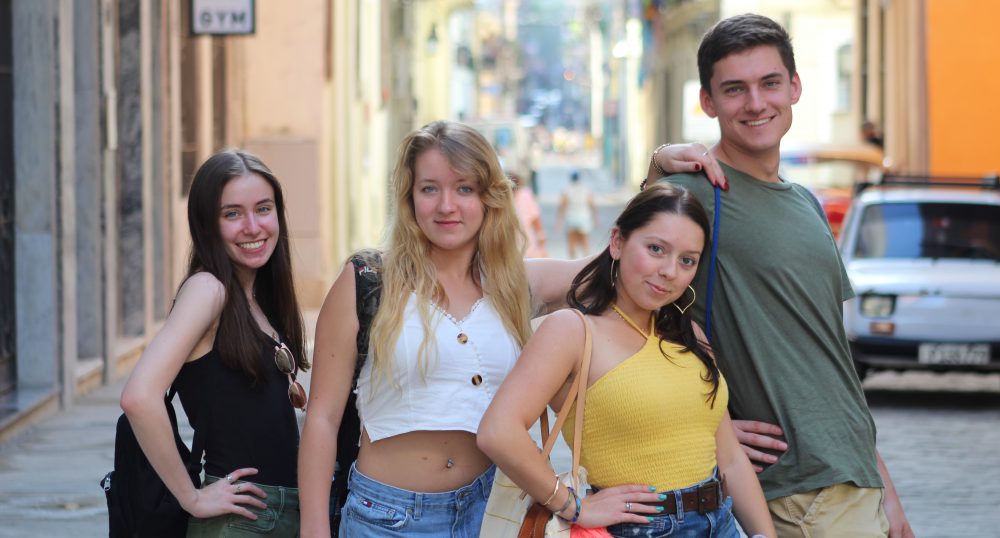On January 11th, a little over halfway through my first Cuban experience, six days in, ten narrow escapes from cars when crossing the street, three frantic attempts of cleaning my mouth after accidentally swallowing water, and all thirteen of my shirts damp twice-over due to the belligerent humidity; the last thing on my mind was leaving.
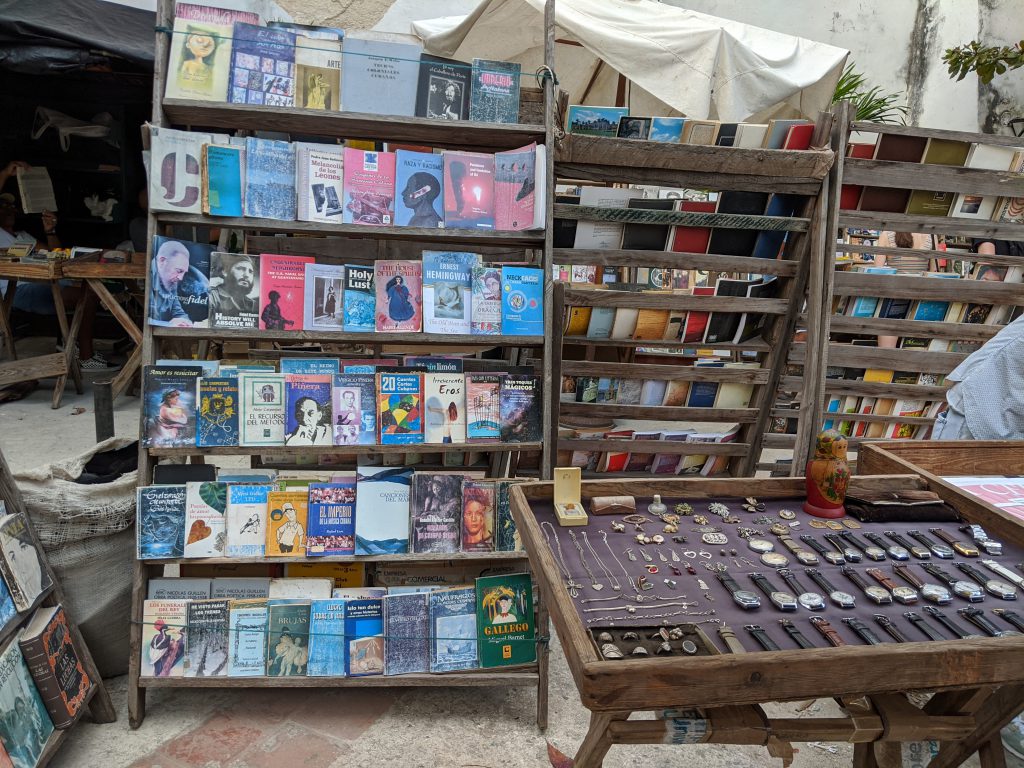
We started the day in Old Havana, buying more freshly ground coffee and fifty cent churros, and ventured our way towards the water to preview where our after-lunch rum tour would start. In Old Havana we split up to find lunch, with a few of us making our way through Old Havana and back towards the Malecon waterfront.
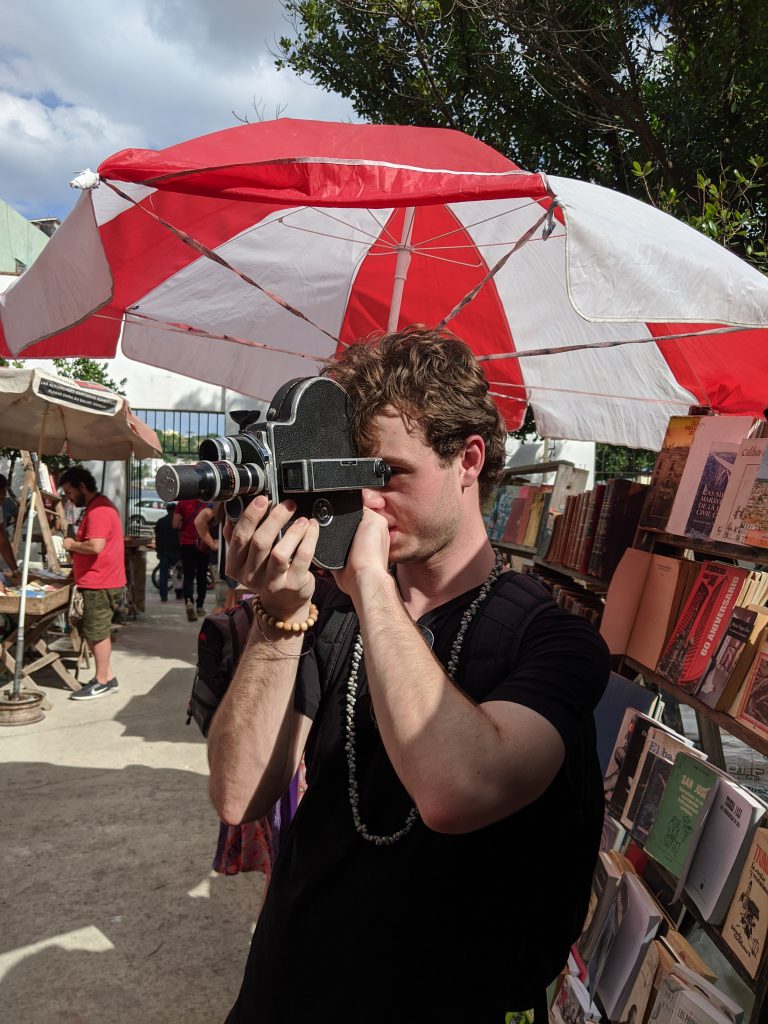
In the first days of the trip, my focus was on the planned events of the day and whatever adventure was brought with it, when I should have been focused on the memories that I could make for myself. One of these moments came on the way to meet at the rum museum when we found an antique market tucked away in a broken down, roofless building with carts that could barely stand. Here, I found the atmosphere to be drastically different than that of the markets where tourist traps were found, as people were talking about what they were selling and wanted us to understand the significance of the old spy camera and the transcript of Fidel’s nine hour long speech, among many others. I was able to talk down a couple of items and made off with some unique gifts for my family back home, with the experience of bargaining in a foreign language as a gift for myself.
After lunch, we regrouped at the rum museum and began the tour with a startlingly loud ring of the bell from Mike. The tour guide proved to be just as ecstatic as everyone else we had met in Cuba, passionately introducing us to Cuba in the 1700’s and the process for creating sugar that was morphed into rum production. We learned about the machines used to turn sugar cane into molasses, which was then fermented with other ingredients in a wooden barrel, of which the type of wood contributed to the taste. During and after the tour we were able to smell the molasses and taste the rum, bringing what we learned about full circle. Cubans are very proud of what they produce because what they produce is theirs; they don’t have the resource’s found in America because of the embargo, but on the flip side, they don’t take what they do have for granted.
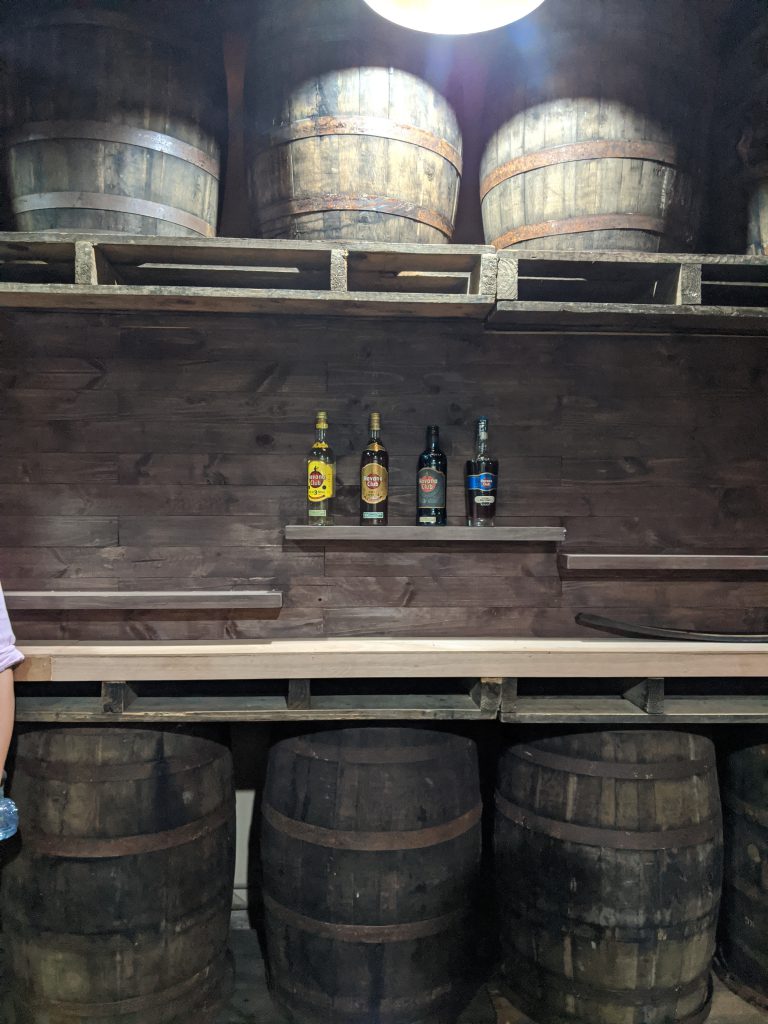
After the rum museum we split up again, with some heading back towards Old Havana and others checking out an art market. As we walked into the art market, it didn’t seem like an art market, seeing as every booth held the same chachkies as every other tourist booth we had seen, until we were smart enough to realize there was an upstairs. Going from the first floor to second floor was like stepping on a cloud, from the hustle and bustle of the people trying to sell as much as they could, to artists standing by their paintings proudly and quietly.
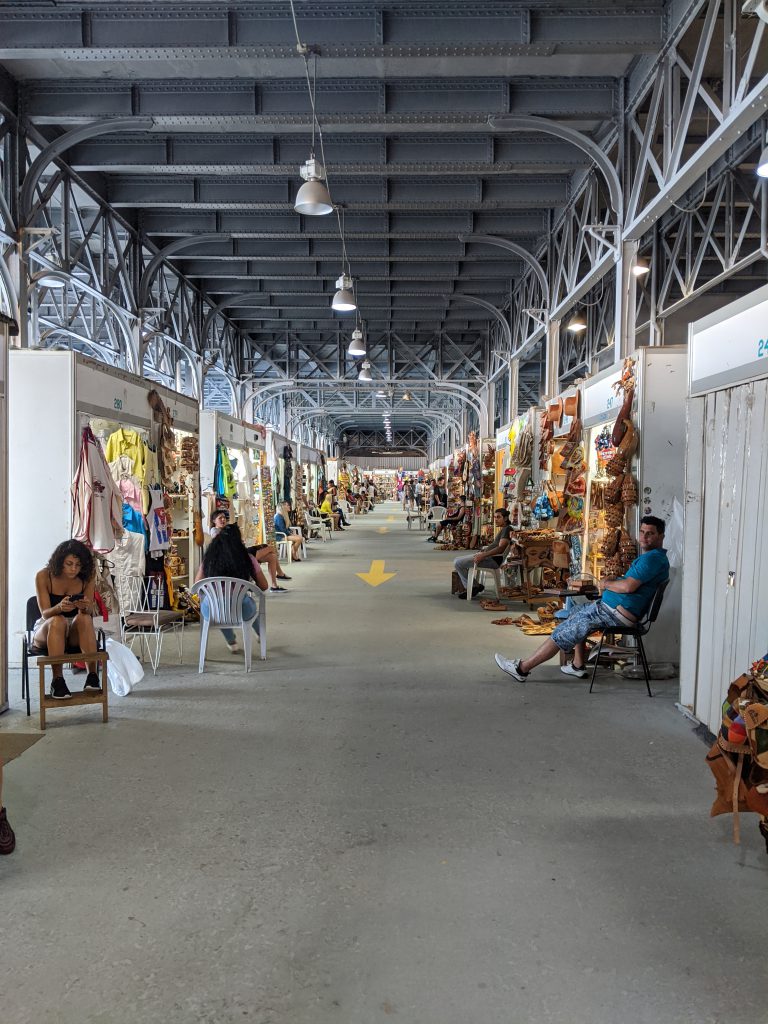
In this market I found another one of those moments as I walked around and found some massive abstract pieces that caught my eye and started talking with the artist. Instead of trying to sell me anything, he pointed out his favorite piece and started describing why it was his masterpiece. If this was the first day, I might have dropped all of my money on this one piece, but with it sadly being one of the last days, I happily supported him by getting a hand painted vinyl record.
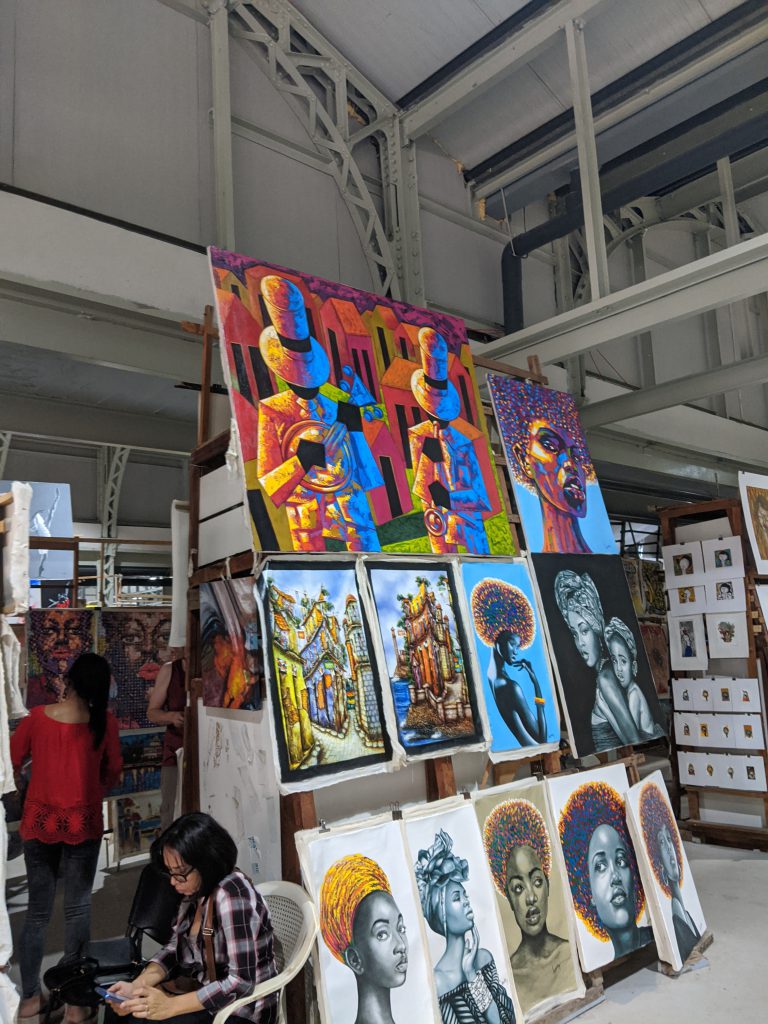
While I experienced bargaining and haggling, making rum, and the art world in Cuba on this day, the most interesting part was how it all came together. The same pride that I found in the antique market for the hidden treasures of Cuba I found in the rum museum for Cuban history, and still found in the art market. As the day came to a close and we headed back to our residencia, I thought of how I wanted to carry that same pride in my own life as an ode to what I learned on January 11th in Cuba.
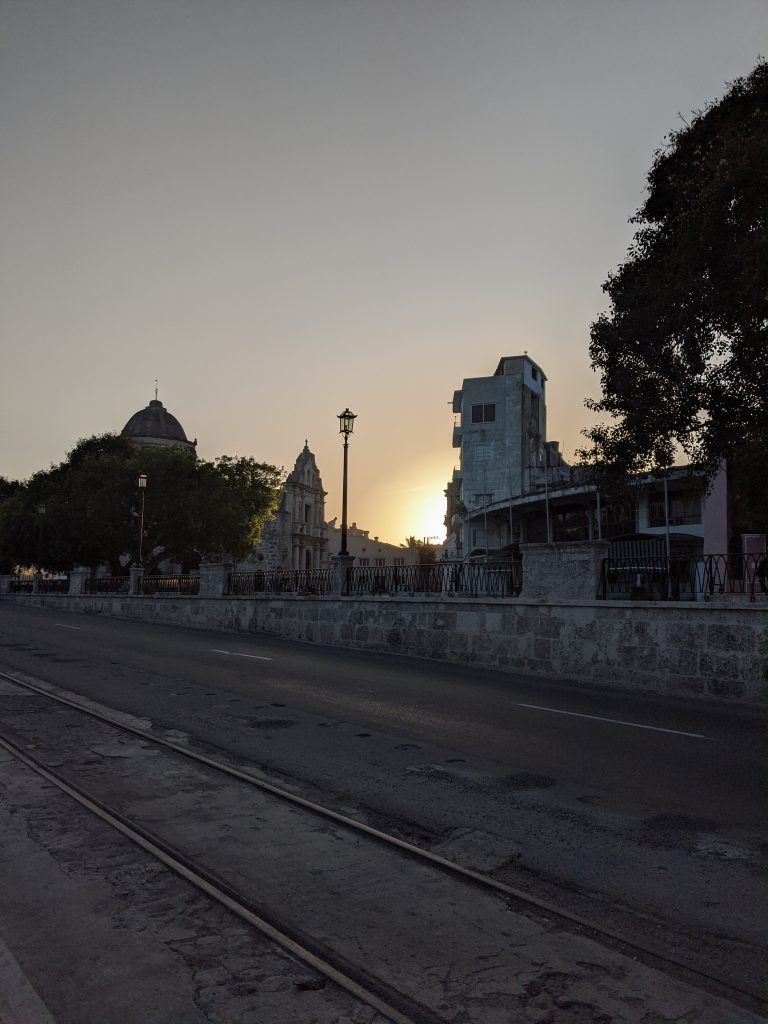
sunset over Old Havana
